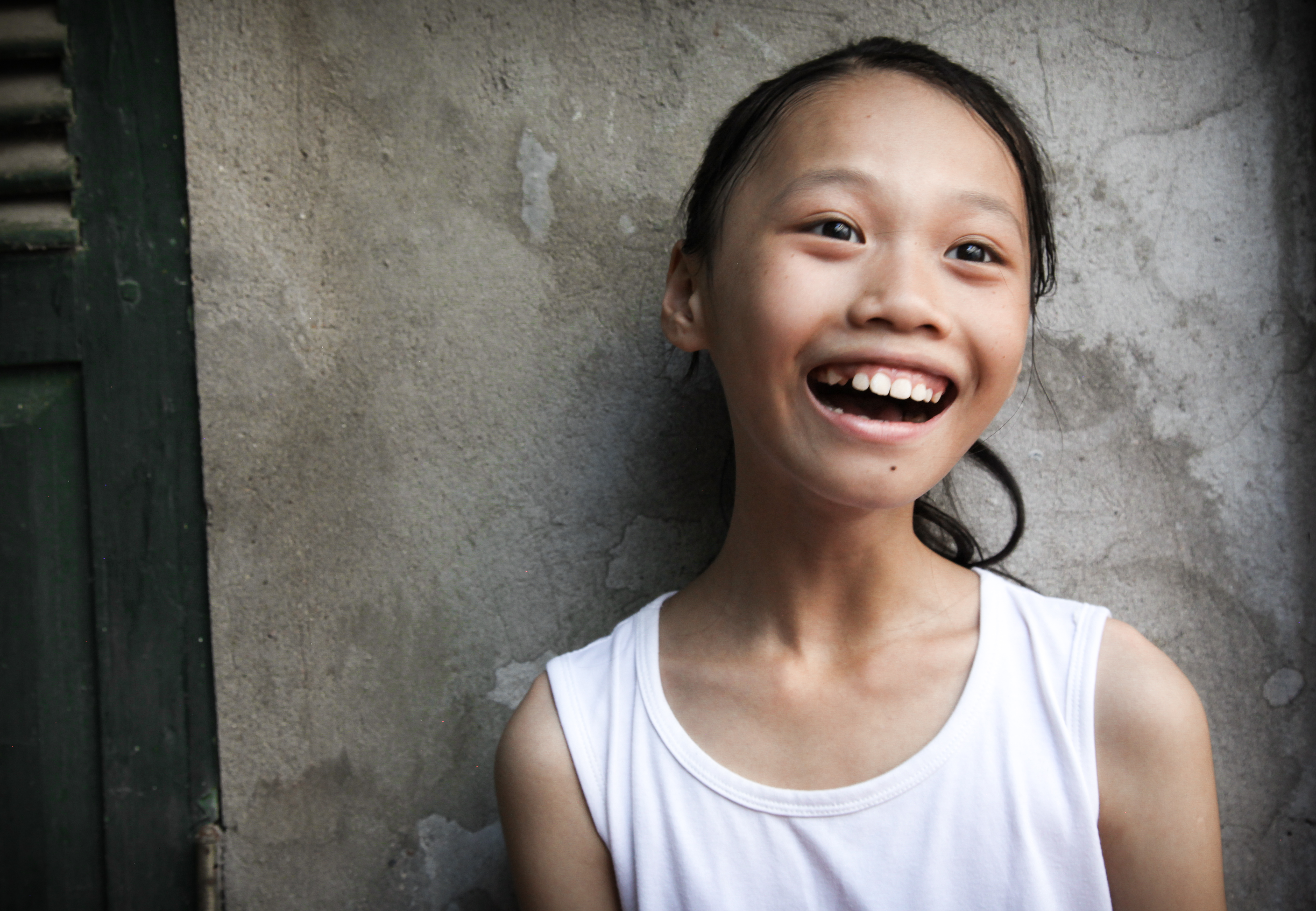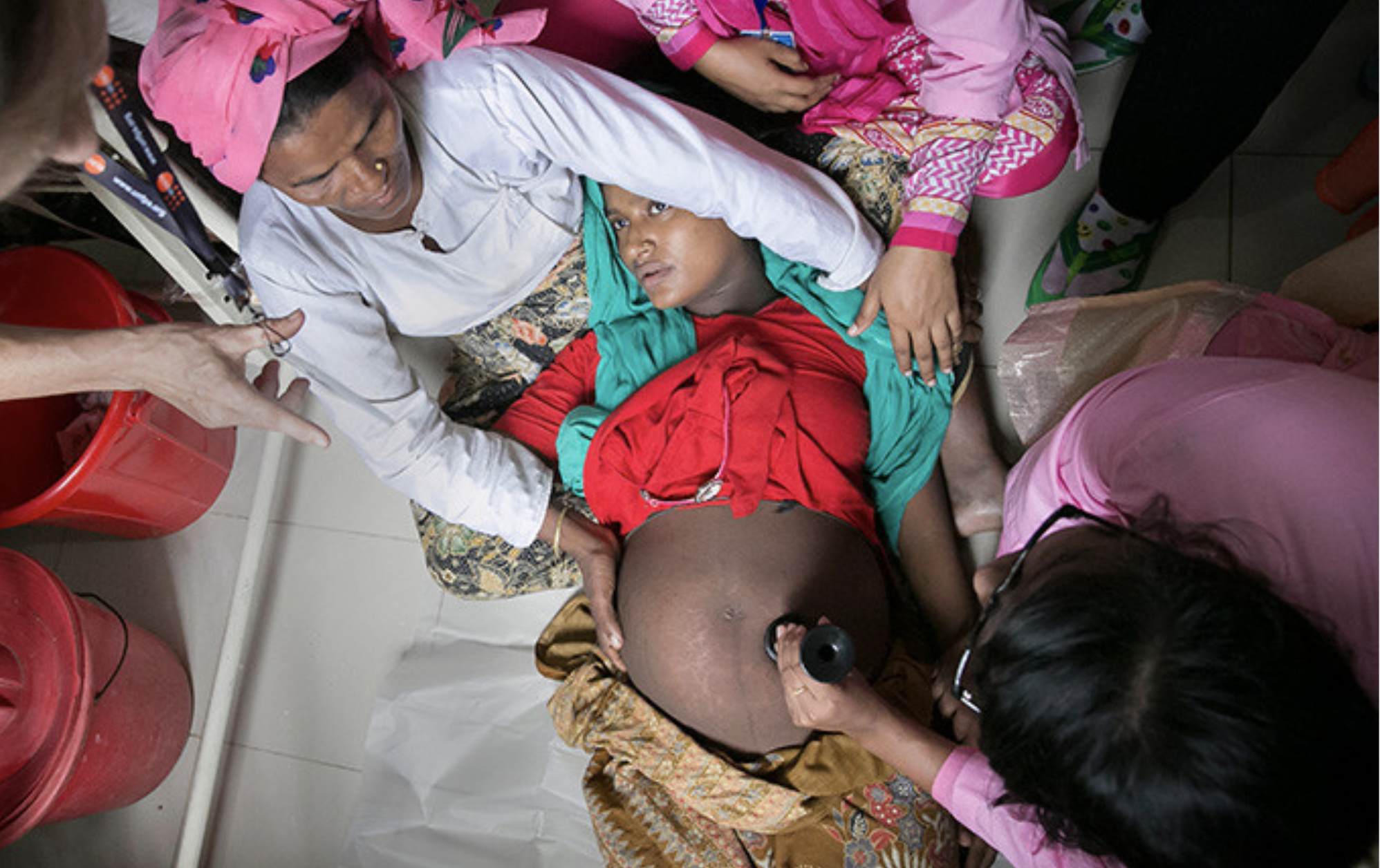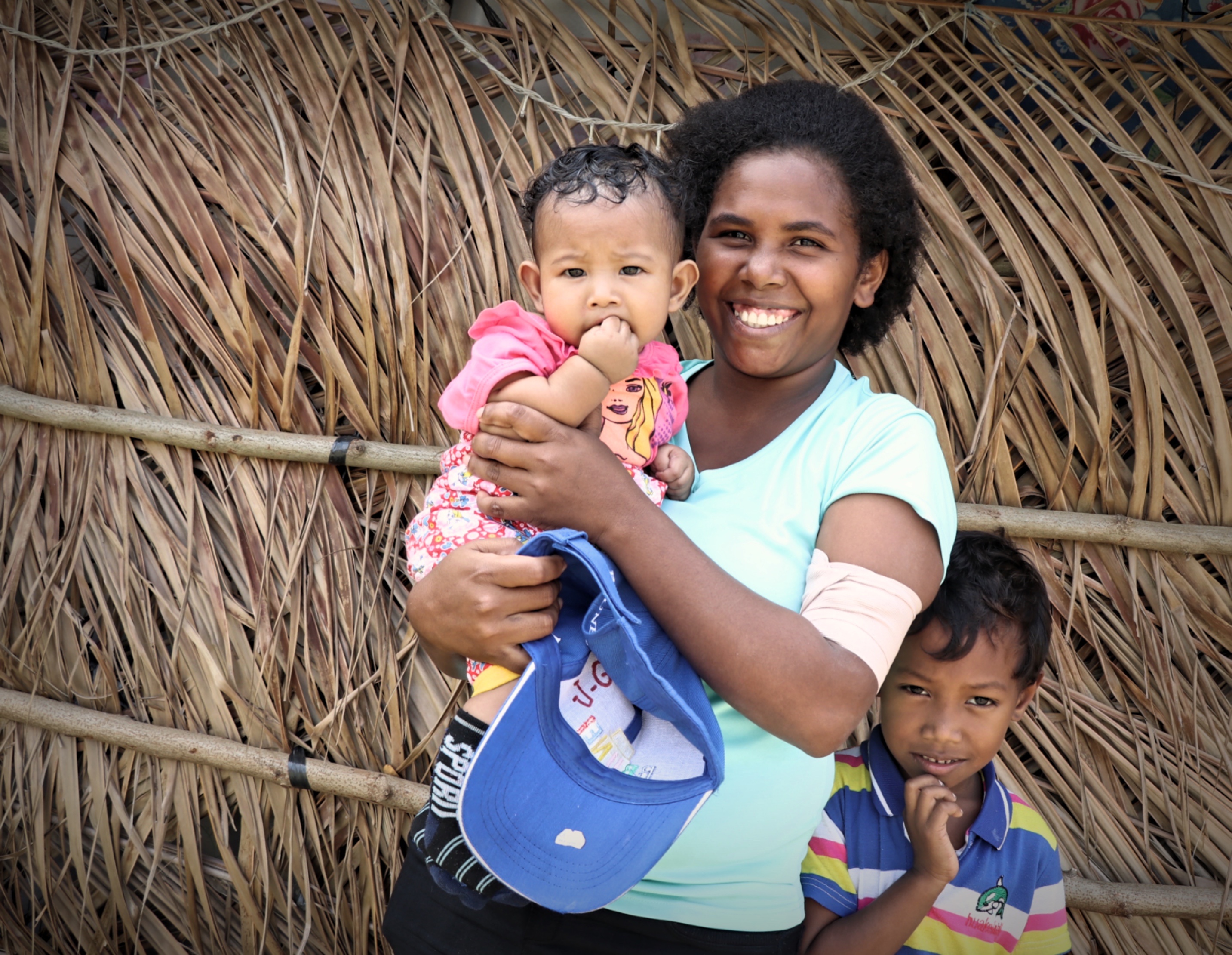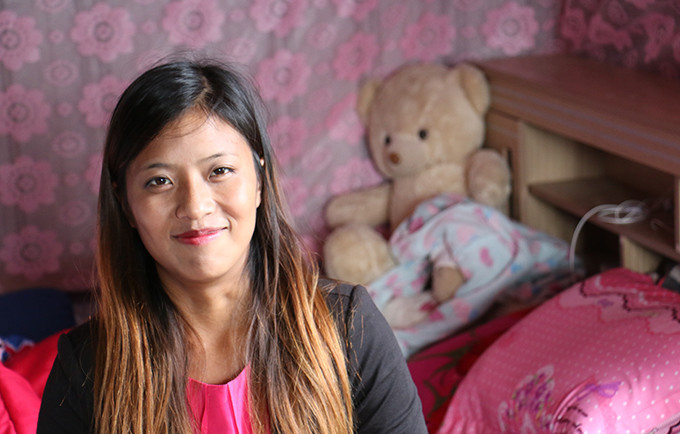Family planning as a human right
This year marks the 50th anniversary of the 1968 International Conference on Human Rights, where family planning was, for the first time, affirmed as a right for all. The Tehran Proclamation states that "Parents have a basic human right to determine freely and responsibly the number and spacing of their children."
This was further enshrined in 1994, in the Programme of Action stemming from the International Conference on Population and Development (ICPD), which serves as the foundation for much of the work UNFPA does in Asia-Pacific and around the world.
“For the first time in history, nearly 700 million women and adolescent girls in developing countries now use modern contraceptives, the best means of exercising the right to determine the number and spacing of one’s children,” noted Bjorn Andersson, UNFPA’s Regional Director for Asia and the Pacific.
“Across our region, we’ve seen truly impressive improvements in sexual and reproductive health and rights. Yet despite the huge progress, there are still 140 million women across Asia-Pacific with an unmet need for family planning, with over 70 million women living in South Asia alone.”
World Population Day events and observances are taking place across Asia and the Pacific and worldwide today. Join the conversation on social media with the hashtags #WPD2018 and #FP50
- 50 years of family planning as a crucial human right for sustainable development.
- UNFPA Regional event in Ha Noi, Viet Nam, aims to boost access to family planning.
- Statement by UNFPA Executive Director Natalia Kanem.
World Population Day marked in Viet Nam and across Asia-Pacific
At Ha Noi University in Viet Nam on July 11, in front of hundreds of young people, Viet Nam’s Vice President, Health Minister and a range of civil society organisations are reaffirming their commitment to ensuring universal access to family planning, leaving no one behind, at a UNFPA Asia-Pacific World Population Day event co-hosted by the Viet Nam Government.
In Viet Nam, family planning powers development

“I started using birth control after our fourth child,” says Thuy Anh (37) as she busies herself in her garden at her home on the southern outskirts of Viet Nam’s capital.
“We had three boys, but we really wanted a girl, so after our daughter Tuong Anh arrived, I started using birth control.”
Sexual and reproductive health needs immense among Rohingya refugees

The maternity centre in Nayapara Refugee camp was crowded with women and children Wednesday morning when an older woman burst into the facility with her pregnant daughter.
Salima Khatum, 20, was in labour with her second child, and very close to giving birth.
Rondi Anderson, a UNFPA midwifery specialist, swung into action along with a team of paramedics and midwives. Ms. Khatum was cradled in her mother’s arms as the health workers gathered around, taking vital signs and listening to the fetal heartbeat.
Expanding family planning choices for women in the Philippines

Joan Calamayan gathered with around 50 other young women at a bright green community centre in the Philippine village of Kalabaza. Many of the women had walked from far-flung villages to attend the day’s event: They had come to learn – and gain access to – about family planning.
Rows of women filled the open-air basketball court. “Today we are going to talk about how to plan the timing and size of your families,” announced Benjamin Lucas, a reproductive health facilitator.
In Myanmar, a new generation of women saying: “Not yet”

Kyae Nai, 23, has been married for two years and has one young child, in north-western Myanmar. “I want another child,” she said. “But not yet.”
Ms. Kyae belongs to a trailblazing new generation of women in Myanmar who are making active choices about the timing of their pregnancies. They have access to a wide range of modern contraceptives, and the information they need to decide which method is best for them.
Maternal mortality in Asia-Pacific: five key facts

With so many success stories, it might seem hard to believe that across Asia and the Pacific, an estimated 85,000 women still die needlessly through pregnancy and childbirth every year.
Poverty and weak health systems still hamper efforts to reduce maternal deaths in a number of countries, exacerbated by natural disasters and conflicts in some places, further putting women at risk. There is still much work to do if all countries in the region are to meet the Sustainable Development Goals’ target of getting maternal deaths below 70 for every 100,000 live births by 2030.



